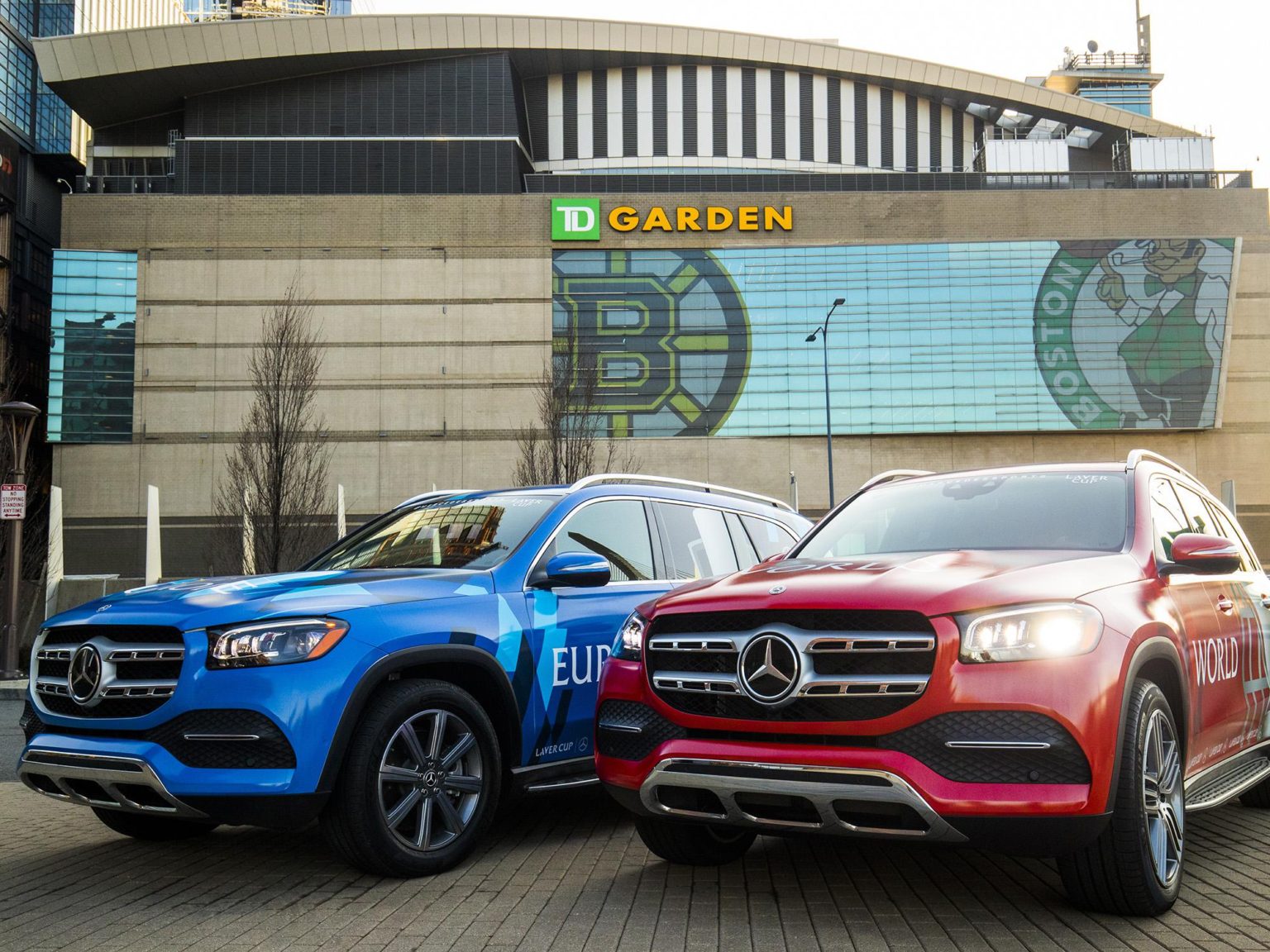The 2050 Decorbonization Roadmap laid out by the Commonwealth of Massachusetts in December makes it clear, the sale of new gasoline-powered cars will end by 2035. It’s all part of the Commonwealth government’s push to Net Zero greenhouse gas emissions by 2050.
Though it’s not law, the guidelines set forth in the plan make it clear that the internal combustion vehicle is marked for dead despite the current very low rate of electric and hydrogen-powered vehicle adoption. Despite pushes from government, advocacy groups, and the automakers themselves, the public just isn’t buying electric vehicles at a high volume. In the last 10 years, there have been just 1.6 million plug-in electric vehicles sold in the U.S.(BEVs and PHEVs) out of over 156 million light-duty vehicles sold in the U.S. during the same time period according to the U.S. Department of Energy. Ford sold more than 1.6 million F-150s in 2018-2019 alone.
The Hyundai Nexo runs on a hydrogen fuel cell rather than a traditional electric battery setup.
Photo courtesy of Hyundai Motor America
Effectively, Massachusetts is set to eliminate choice for its residents, a move that echos recent action by the State of California.
The Roadmap looks to slowly reduce the amount of greenhouse gas emissions using the measurement of million metric tons of carbon dioxide equivalent (MMTCO2e). The baseline the study uses for measurement is 1990, where there was 94.5 MMTCO2e in the Commonwealth. 2005 was the last year where emissions were above that level. They’ve been sinking since.
By 2017, emissions were 22.7 percent below 1990 numbers nearing the 70.8 MMTCO2e goal set by the commonwealth for 2020. Sixty-nine percent of that is from households and light-duty vehicles. Light-duty vehicles make 27 percent of the state’s emissions.
Efforts to decarbonize come in four areas: end use energy (transitioning away from fossil fuels), energy flexibility and efficiency (aggressively pursuing energy efficiency and flexibility to enable cost-effective decarbonization), decarbonizing energy supply (production of zero and low-carbon energy supplies), and carbon sequestration (facilitating carbon dioxide removal from the atmosphere).
The Roadmap contends that “although several clean options already exist for both light-duty transportation and for home and small business building services, across our in-depth analysis, electrification tends to be the most cost-effective – both individually and system-wide – and easiest to deploy.” Basically, if the government requires buyers to purchase more electric cars, their cost will go down and that area of the graph is “fixed”.
A 2021 Toyota Mirai fills up with fuel at a station in Southern California.Photo courtesy of Toyota Motor Sales U.S.A.
The report doesn’t completely neglect hydrogen use in vehicles. It says that “zero-carbon fuels like hydrogen help power the rest of the transportation system”. By “the rest” they mean vehicles that aren’t cars, trucks, or buses. That means high-load transportation vehicles like tractor trailers will be able to use hydrogen but the public would be discouraged from purchasing and driving a Toyota Mirai or Hyundai Nexo, both of which run on hydrogen fuel cell (FCEV) technology, are available for sale today, and produce only water vapor out of the tailpipe.
Massachusetts and other states in the northeast face a unique barrier to widespread hydrogen fuels adoption. According to Toyota, in the 1980s, many municipalities in the area outlawed the transportation of combustable fuels over bridges and through tunnels. Using hydrogen as a fuel in vehicles is not as risky as traditional transportation methods because of the technology that has evolved to protect the fuel, vehicle, and passengers. However, these laws have not changed to accommodate the advances. This means that driving a FCEV over a bridge or through a tunnel in some areas is illegal despite the fact that a neighboring jurisdiction may have modernized their regulations.
Most automakers are willing to publicly admit that their company views FCEVs as the endgame while battery electric vehicles (BEVs) like the Ford Mustang Mach-E and Tesla Model 3 as merely roadways to the full FCEV future.
The Roadmap spells out other ways in which the Commonwealth is committed to reducing the amount of fossil fuels emitted by vehicles including maintenance and support of existing public transportation systems, reducing single occupancy vehicles “where possible”, making complementary land use decisions, and supporting active transportation architecture like bike lanes and sidewalks.
The report lays out the biggest obstacle facing wider spread adoption of electric vehicles by residents, the development of dependable and accessible charging infrastructure throughout the Commonwealth and in residents’ homes. Europe, which is far ahead of the U.S in terms of regulating certain types of vehicles into popularity and the government subsidization of energy initiatives, still struggles with charging infrastructure woes.
Uncovered in the plan are the business consequences of the actions set forth. Assuming not as many people will need gasoline to run their vehicles, it is likely that gas stations will go out of business. The transportation of fossil fuels has its own sector of the industry that will be made mostly redundant. Vehicle service centers, often independent retailers, will be forced to spend big on equipment so that they can service electric vehicles as they gain popularity due to government regulation. Recently, many Cadillac dealerships balked at the quarter-million dollar cost of installing EV repair and service technology at their dealerships instead electing to give up their dealership rights entirely.
The report does say that “close attention and vigilant care is given to mitigate any undue or avoidable impact or burden on Massachusetts’ residents across the Commonwealth’s entire economic, social, and geographic diversity.”
However, t does not cover what could happen if new vehicle buyers simply cross the border into Maine, Rhode Island, or Connecticut and purchase their new internal combustion vehicle there.








